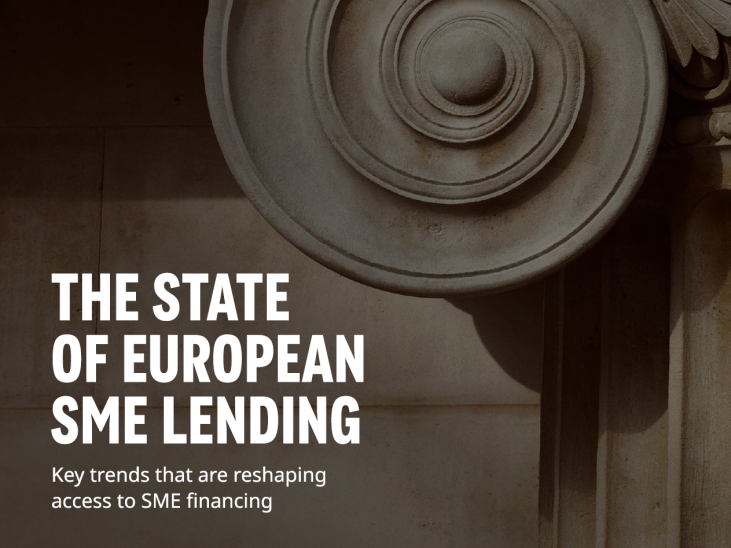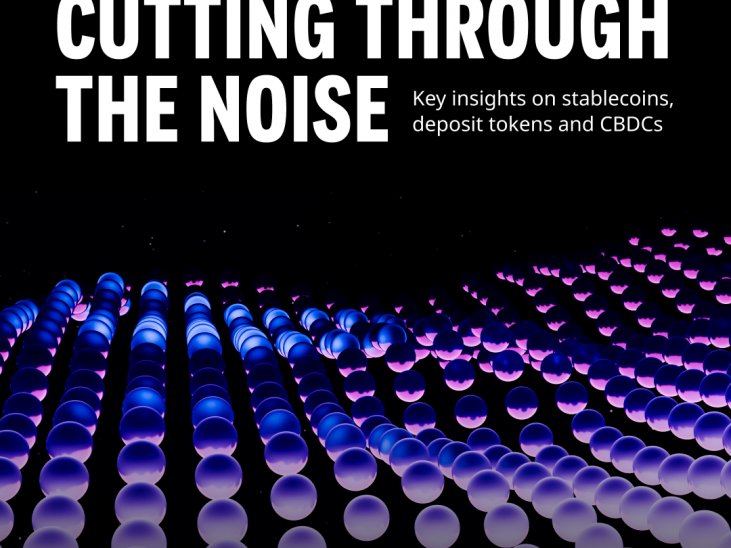Introducing Linda Geux: Making strategies work in the retail and wholesale payments ecosystem

Linda Geux has been with INNOPAY in the role of director since the start of 2024. She leverages deep industry knowledge and expertise in guiding mid-sized and corporate businesses and banks toward achievable, impactful payment strategies. With her keen understanding of complex business needs and her practical approach, Linda ensures that every strategy is not only ambitious but also truly actionable, driving growth and innovation across payment solutions.
Why did you join INNOPAY?
I’d spent 13 years at ING, where I’d worked across all aspects of banking and specifically payments – account-to-account, wholesale, retail, card issuing and processing – including as head of payments strategy for six years. I’d also been involved in the European Payments Initiative since 2019, including being part of the management team for over a year in the startup phase, but I eventually felt it was time for a change. I was keen to put my extensive European experience of payments, and particularly my knowledge of what happens when a market matures – as is currently the situation in the Netherlands – to good use to address broader challenges. I felt I could add more value by being helping banks and other payment-related players from the outside rather than working within one particular bank.
I also realised that I’ve always been a strategy consultant at heart. Before moving into banking, I’d spent over three years at a boutique consulting firm on strategic projects in a variety of sectors, ranging from retail to transport. Previously I’d spent seven years in a strategic and product manager role in internet and mobile telecoms as these moved from novelty to maturity. I’d become aware of INNOPAY through my involvement in the PSD2 programme and I was excited by the opportunity to work together with multiple companies from a broad perspective, with a particular focus on technology and innovation. Specialised in payment strategies, I now engage with a wide variety of stakeholders in the payments ecosystem, ranging from banks and payment schemes to acquirers, issuers and retailers. My aim is to help them decide how to position themselves, identify the opportunities and implement the chosen actions to make their payment strategies work.
What’s currently happening in the retail payment sector?
In the European retail payment sector, we're witnessing significant changes driven by the maturing market and regulatory pressures. Digital payments are rapidly replacing cash, especially in countries like the Netherlands and Scandinavia, where less than 20% of in-store payments are now made with cash. This shift is being accelerated by regulations aimed at increasing market efficiency and enhancing consumer protections against privacy breaches, fraud, and money laundering.
As the market matures, payment providers find fewer opportunities to differentiate themselves through payment products alone. The implementation of PSD2, and the anticipated PSD3/PSR, is integrating payments more seamlessly into the overall buying and selling experience. For example, consumers now use one-click shopping or digital wallets like Apple Pay or Google Pay without necessarily being aware of the specific payment method being used.
Moreover, with the push towards greater efficiency, the sector is experiencing consolidation and increased cooperation among payment service providers. This includes mergers and acquisitions—as seen with Nexi's acquisition of Nets and others—and strategic partnerships like the Geldmaat joint entity in the Netherlands, which manages cash handling. There's also a growing trend towards local and regional interoperability among payment systems, facilitating more streamlined transactions across Europe.
These developments are putting pressure on both banks and payment service providers to make strategic decisions about service offerings, compliance, and partnerships to maintain profitability and grow in this evolving landscape.
What about on the regulatory side?
In Europe, the European Commission is increasingly taking steps to enforce the safety, security and privacy of consumers, while in parallel opening up the financial industry to new entrants through Open Banking (PSD2 and PSD3/PSR) and Open Finance (Financial Data Access regulation [FiDA]). This is affecting banks, issuers and acquirers, requiring them to continuously adapt to new regulatory requirements. Another example is the Consumer Credit Directive2, which will impact buy-now-pay-later services. The implementation will vary per country, so any providers and retailers who currently offer such options in multiple countries will need to review their situation and make the necessary adjustments.
At INNOPAY, I help payment players assess the impact of these regulations and where possible turn these developments into opportunities. After all, Open Banking creates possibilities for all players in the ecosystem to access more data. They can then use it as the basis for developing and integrating new and innovative solutions that add value by improving convenience or efficiency somewhere within the payment flow. This starts with thinking about how they want to position themselves strategically, and then whether they could leverage their proven expertise to provide a solution in emerging niches.
What’s your advice for the future?
The industry is currently straddling two rails: card payments, which are currently dominant in the retail sector specifically in store, and account-to-account payments. The latter are growing in popularity in some countries, such as the Netherlands, Spain and Scandinavia. Several developments have the potential to further drive the shift towards account-to-account transactions, such as Open Banking, the digital euro and the European Payment Initiative (EPI). If account-to-account payments are increasingly adopted by online and/or bricks-and-mortar retailers, it could have a significant effect on payment companies’ revenues. And as mentioned earlier, the market has started to saturate. The current wave of consolidation is set to continue, so the urgent challenge for all payment players is to ensure that they will be one of the ‘survivors’.
Of course, there’s no one-size-fits-all path to future success. When advising clients on their next steps, I first try to reduce the complexity of everything that’s happening so that they can focus on what really matters to them. This depends very much on each client’s legacy and what they regard as strategically important. Sometimes it makes sense for them to spread the risk and bet on multiple horses. But on the other hand, as we’ve seen in the telecoms industry for example, trying to do everything has not been successful either, and it may be better to specialise. Whichever route is best, I find it hugely rewarding to guide clients towards their future direction, so that they can increase their chances of being a relevant, sustainable and profitable business going forward.



